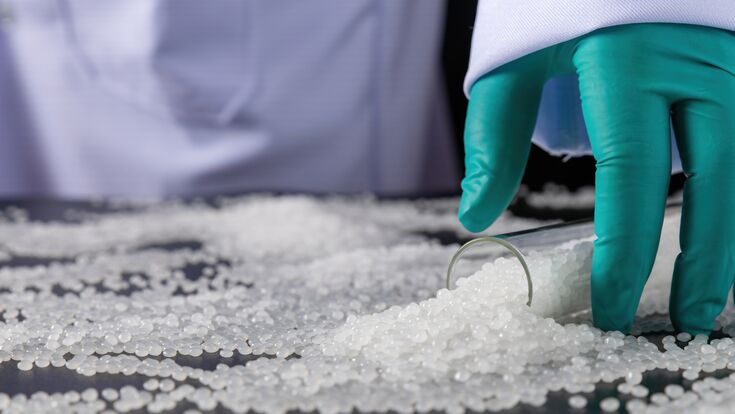Interview : Mixed-in materials make polystyrene hard to recycle

What distinguishes polystyrene (PS) from other plastics? Where is it used most?
Polystyrene (PS) is a very versatile material used in various applications of our daily life. As a consumer we mainly see it used as a takeaway box for lunch, as a yogurt pot or as insulation material for buildings, but electronic products such as TVs can also contain PS.
How much PS waste is generated globally?
Globally more than 15 million tonnes of PS are produced annually; however, just a small fraction of this material is recycled. The recycling rate is so low since not all recyclable plastics are collected and taken to recycling facilities. Moreover, established recycling technologies can only recycle certain type of PS.
It is not necessarily the quality of the PS that makes it hard to recycle, but what other materials are mixed in with the PS. For example, PS that is used by consumers often contains additives to modify the properties of the polymers or to make it more flame retardant and these must often be removed from the material since they can no longer be used for new products. This step is the most challenging.
What technologies exist to recycle PS? Can recycled PS be used for the same purposes as virgin material (e.g. food containers)?
In general, there are three types of recycling processes for PS: mechanical, solvent-based and chemical technologies. Mechanical processes sort pieces of plastic according to the type of plastic. The sorted plastics are then remelted and usually blended with virgin materials to make new products. In solvent-based processes, the PS is dissolved in a solvent for separation and then recovered from the solvent. This allows a better purification of PS waste materials as compared to a mechanical process.
To achieve the highest PS qualities, however, the material needs to be broken down to its initial building blocks, styrene monomer, in a chemical depolymerisation process. After purification, the recycled styrene monomer can then be used to make new PS. Only with this approach can recycled PS be made that can be re-used for food-grade applications and therefore this approach is fully circular.
Interesting topic? Read more about it here!

Sulzer Chemtech offers a variety of separation and purification technologies that can be used in solvent-based and chemical depolymerisation processes.
Our technology to purify the styrene generated through chemical recycling of PS, a unique hybrid process, combines two of Sulzer Chemtech’s proprietary technologies: distillation and crystallisation. This innovative approach allows all kinds of impurities to be removed, leading to a clear, colour-free styrene product with a purity of up to 99.9%, which can then be used to produce new PS.
What can producers do to make polystyrene easier to recycle?
In many products, PS is used in combination with other materials or plastics. These compounds often have superior properties over mono-materials since the properties of several materials are combined; however, the recycling of such materials becomes much more challenging. If producers minimised the number of materials used in one product, this would help the recycling industry and enhance our quest for circularity.
Should PS be collected separately to make it easier to recycle?
Separately collected plastics make a recycler’s life much easier since the sorting effort is significantly reduced. For this reason, at least certain types of PS like the expanded polystyrene (EPS) used for insulation and packaging are already collected separately in several countries.

